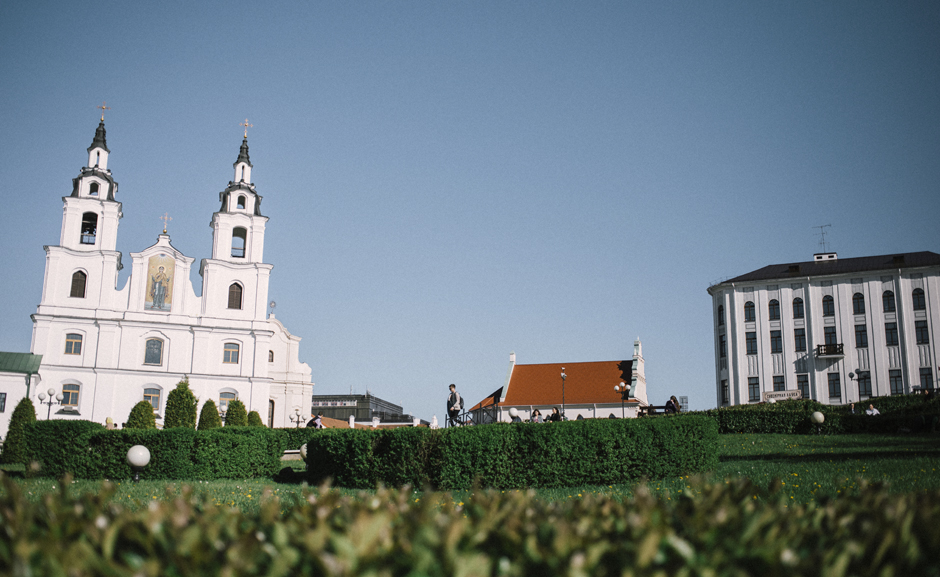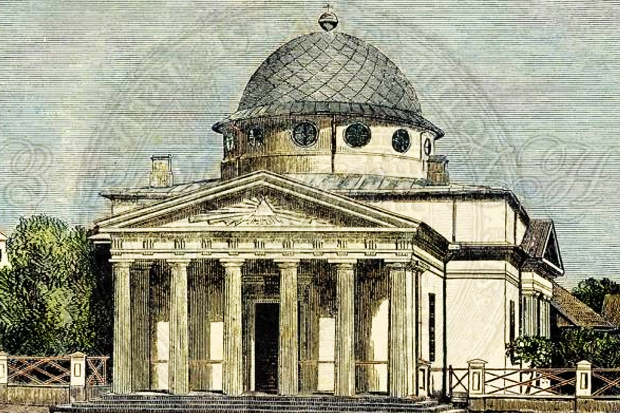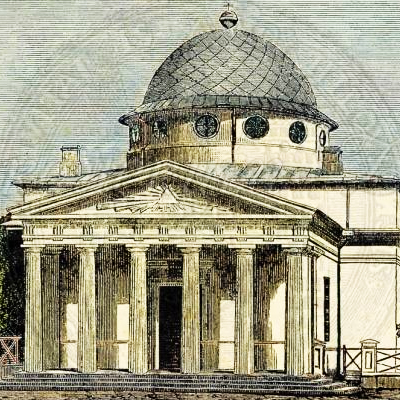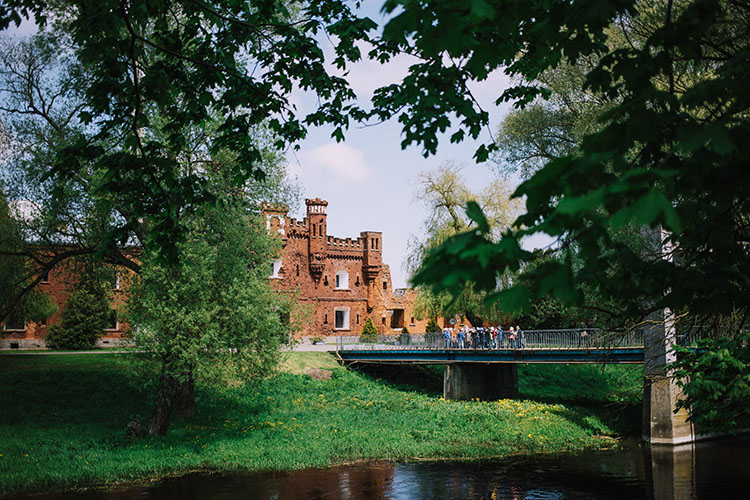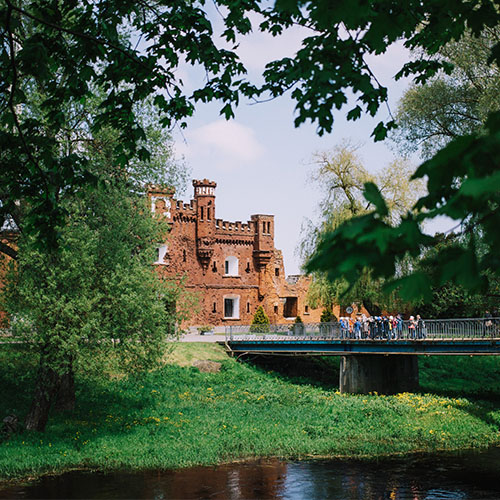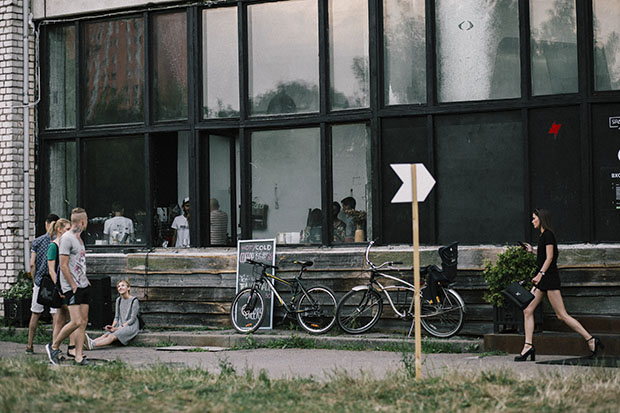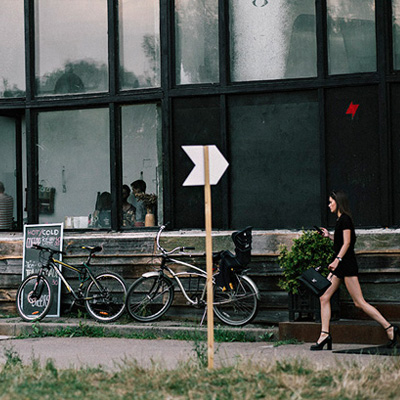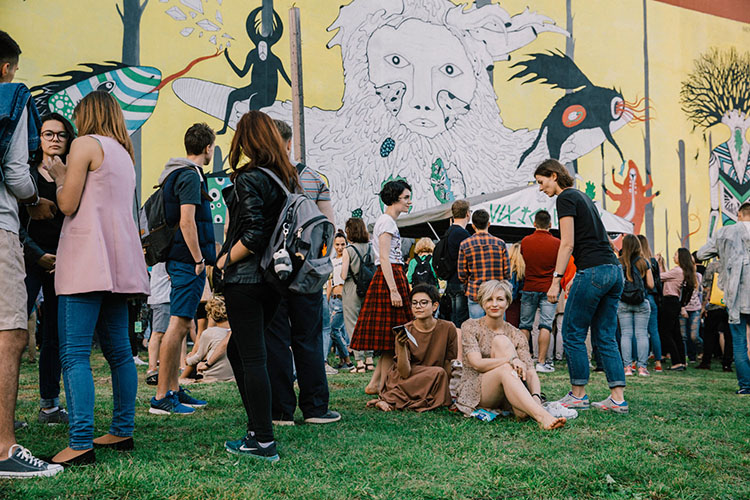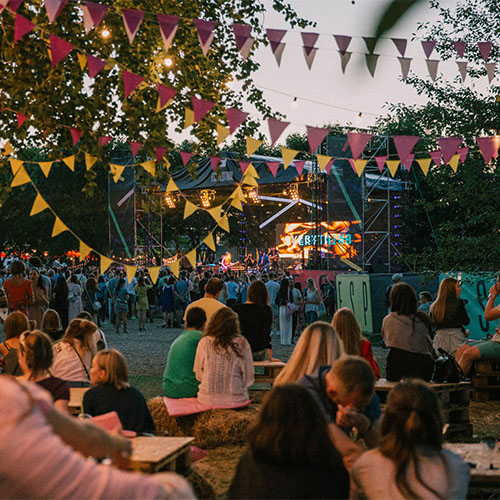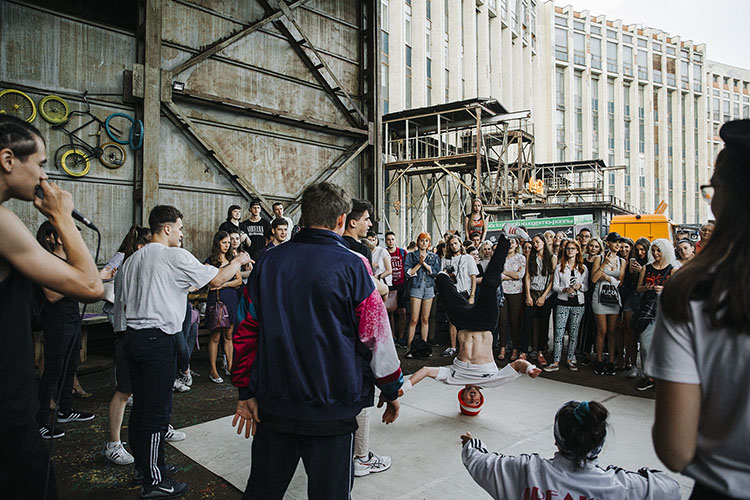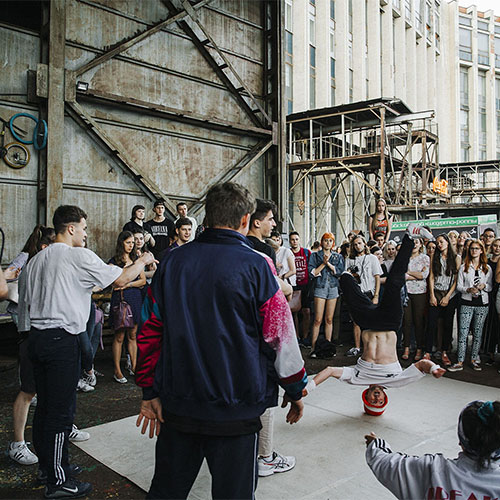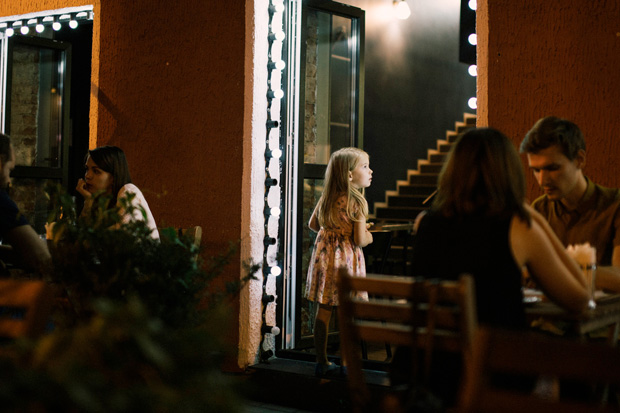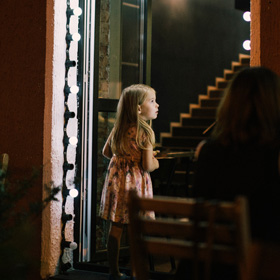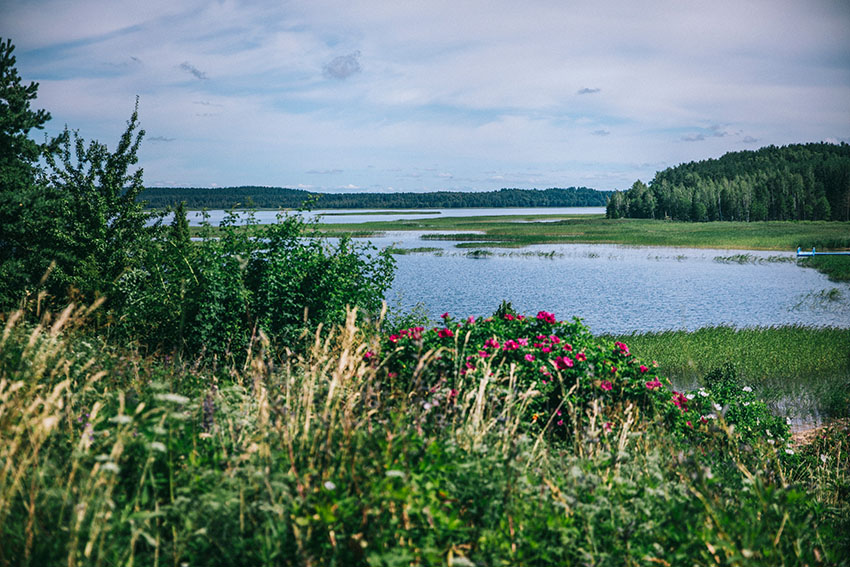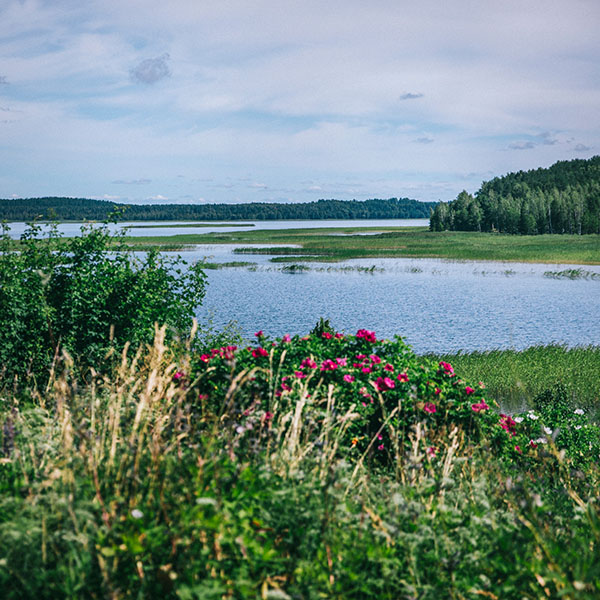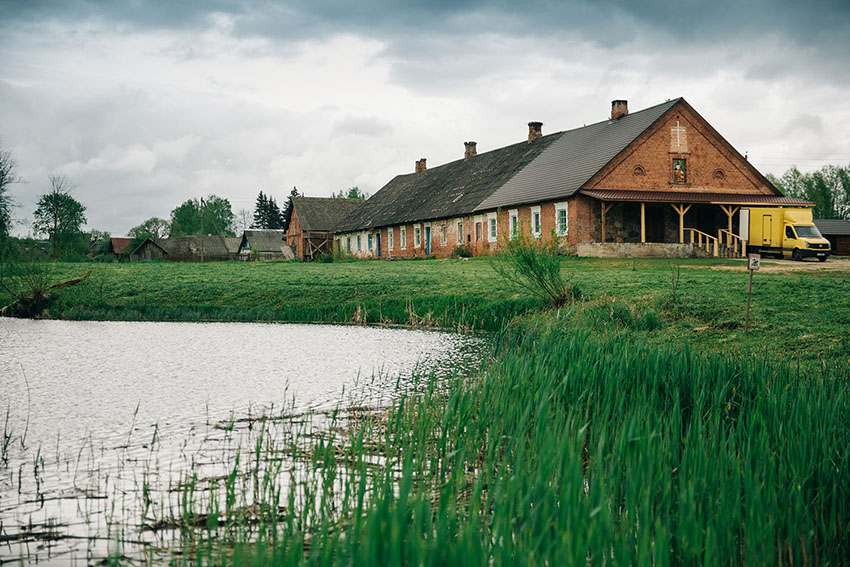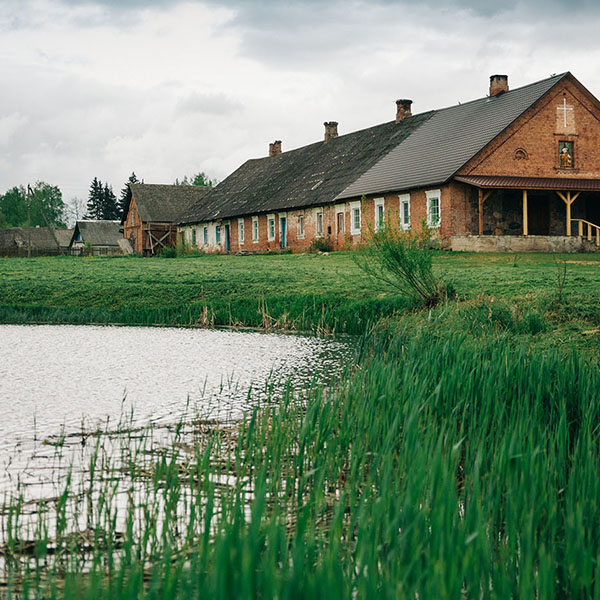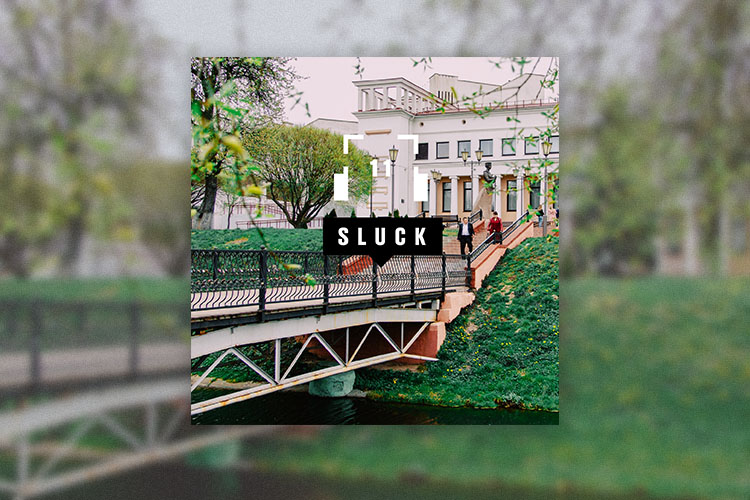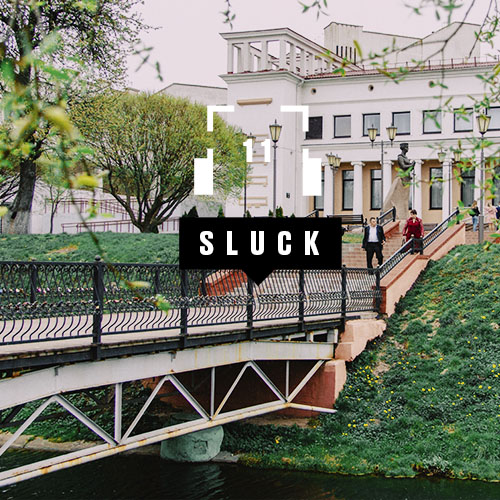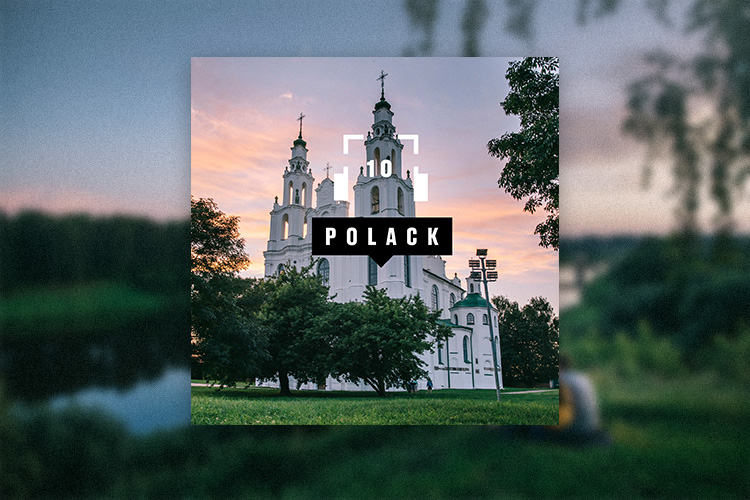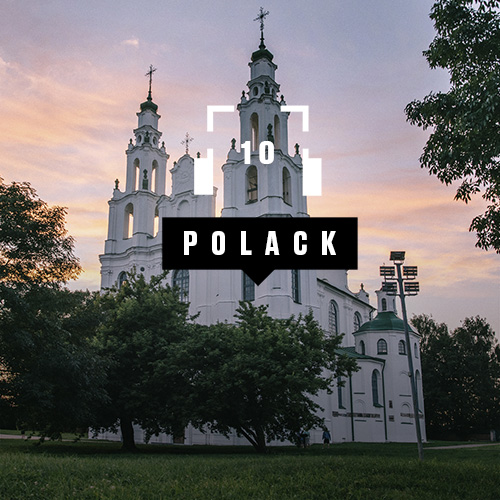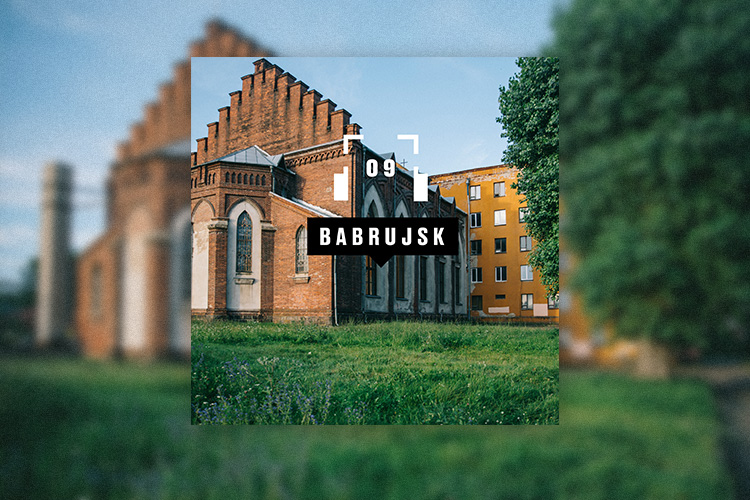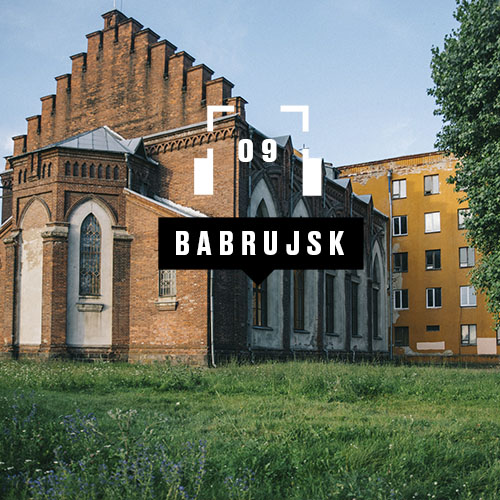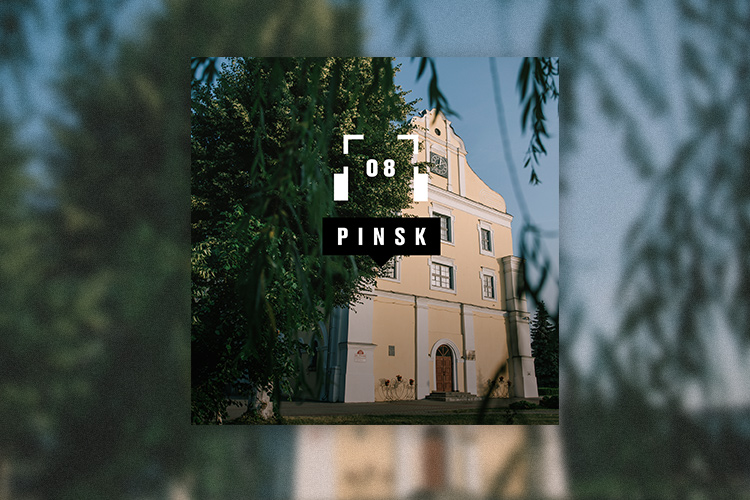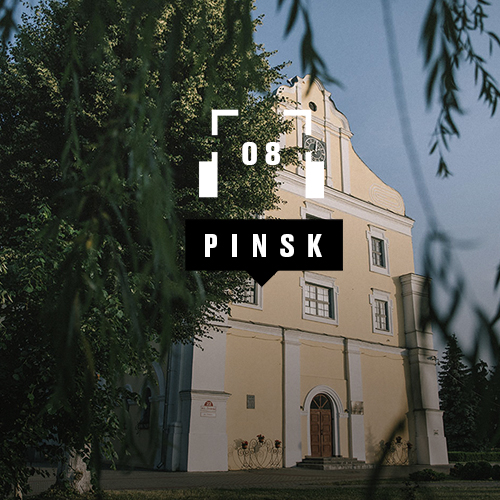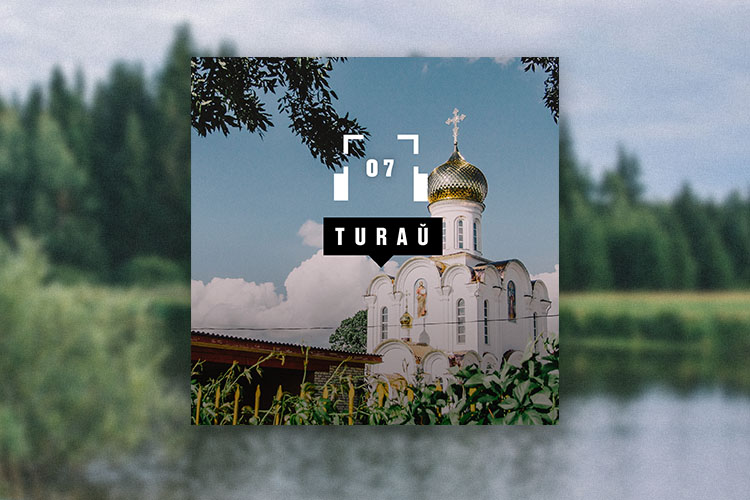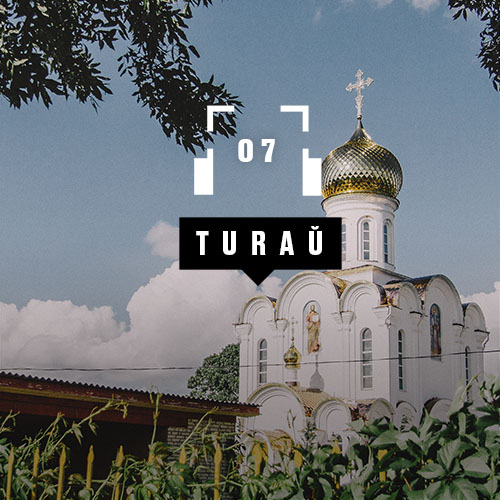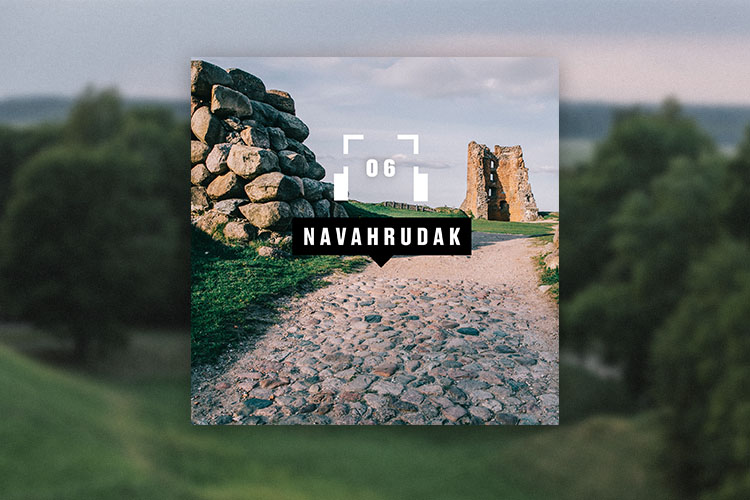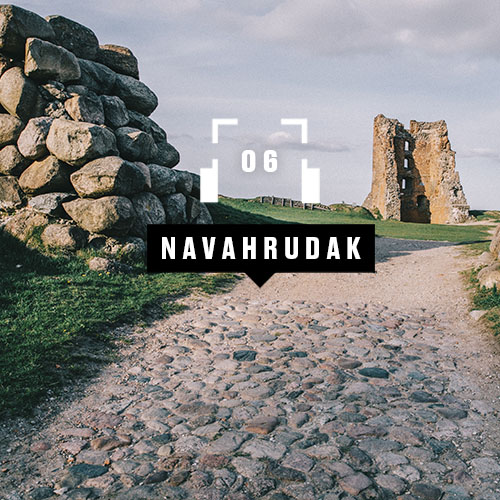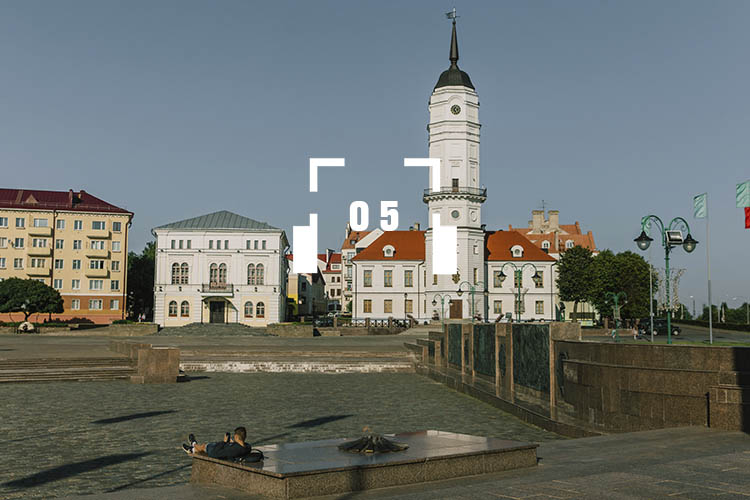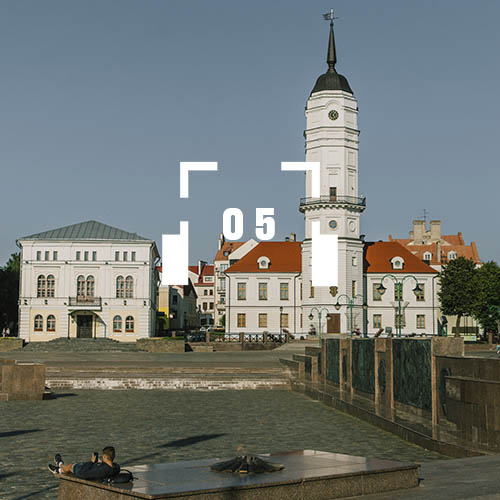The fate of the Minsk churches has never been easy: a lot of them did not live through the 20th century. We’re unveiling the stories of the most famous churches of Minsk.

The Red Church
plošča Niezaležnasci, 15
In the years 1887-1903 two children of Minsk noble Edward Vajnilovič died: son Symon from scarlet fever and daughter Alena from pneumonia. According to the legend, Alena drew a sketch of the church she had once seen in a dream. In memory of the children, Vajnilovič donated funds for the construction of the church: he wanted the building to be unique for Minsk.
Edward Vajnilovič chose the Neo-Romanesque style as a memory of the times when Christianity was not divided into Orthodoxy and Catholicism. The tower of the church was at that time the highest in the city, and the church itself was the largest temple in Minsk.
During the Soviet times, there were no services in the church, a portrait of Lenin appeared in the window, the building turned into the “Soviet Belarus” film studio (the classics of Belarusian Soviet cinema and documentary films were filmed here), and the icon of the Mother of God painted for the church went to the museum. But people began to come there to pray.
The adventures of the church did not end there: in the 1960s, it was almost transformed into a cinema or a toy store in accordance with the plan of the square reconstruction. As a result, the church was preserved, but the movie house in the building was nevertheless created (even Hollywood films were screened there).
In 1990, the church was returned to the Catholic community. The remains of the patron of arts Vajnilovič are now located by the entrance to the church.
![]()
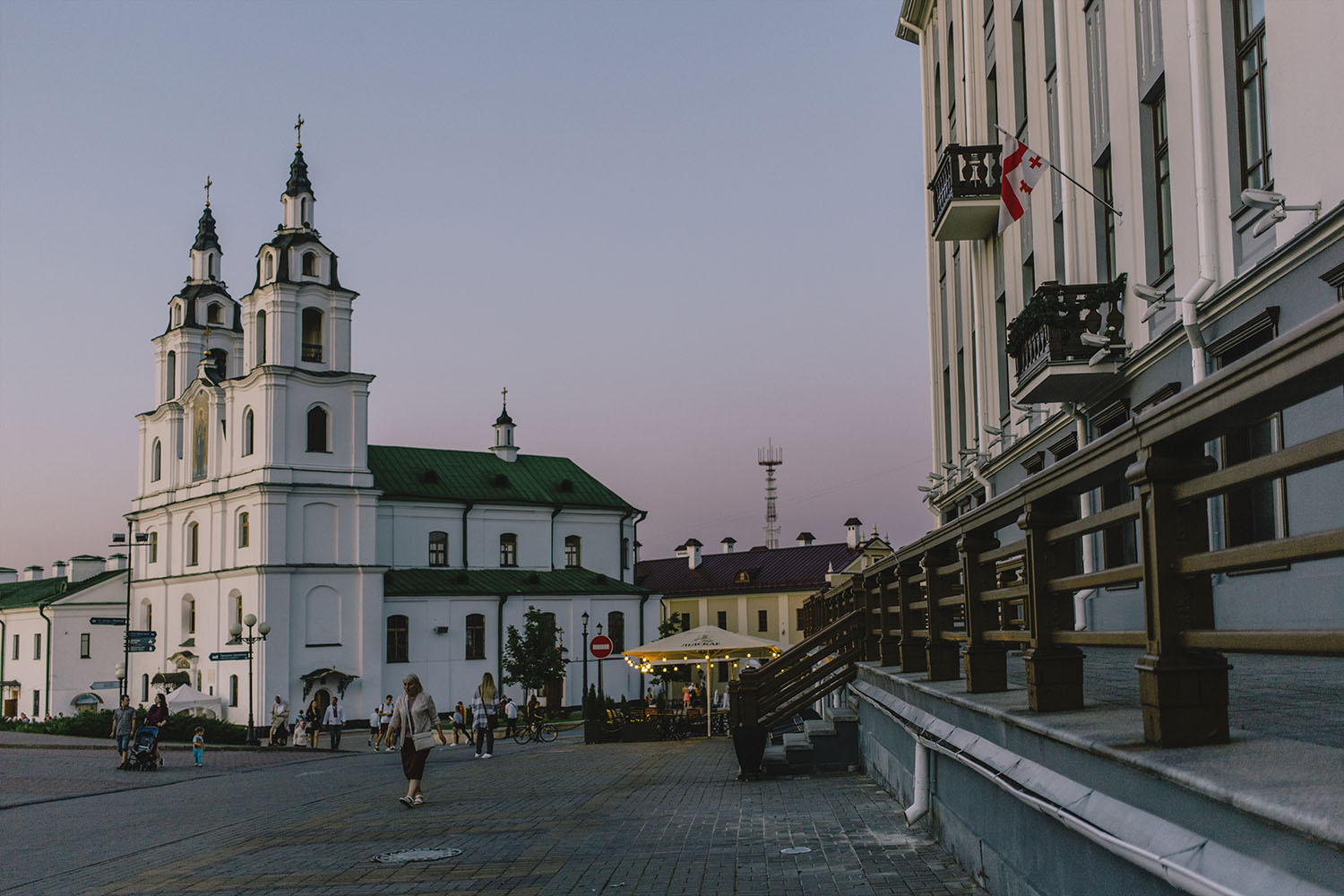
The Holy Spirit Cathedral
vulica Kiryła i Miafodzija, 3
In 1633 on the site of the present Cathedral there was a temple of the Catholic Bernardine monastery. A hundred years later, the monastery was damaged in the fire, the building was rebuilt and by 1860 it had become an Orthodox church.
The main legend of this place is about how the icon of the Minsk Mother of God was found in 1500. It is believed that it was the apostle Luke who created such an image first. Prince Vladimir brought the replica of the icon to Kyiv in the 9th century, and it was kept there until the 15th century, when, during the Tatar invasion, all the ornaments were removed from the icon and thrown into the river Dniapro. Then it appeared in the Svislač on August 13, 1500. The image of the icon appeared on the emblem of Minsk in the 16th century.
![]()
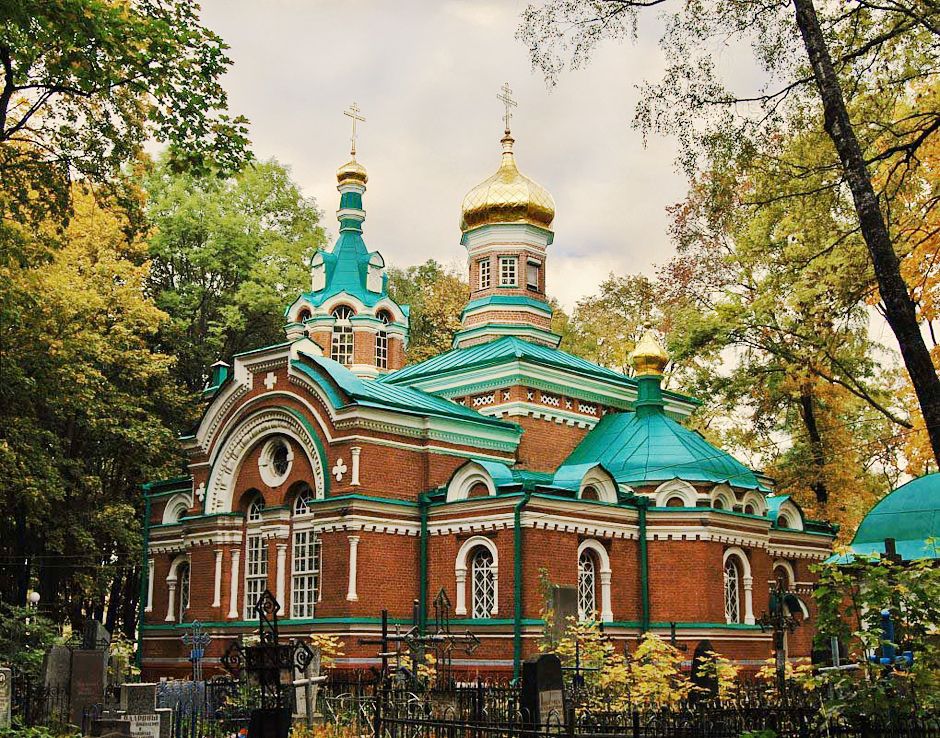
The Church of Aliaksandr Nieŭski
vulica Kazlova, 11
This church in the Byzantine style has almost completely preserved its original appearance since 1898. The temple originally was built to honor of the soldiers who died during the Russian-Turkish war: there are common graves behind the altar wall. During World War II, a bomb fell right through the central dome of the church, but it did not explode.
The church is located on the military cemetery, which also deserves attention. It is one of the oldest cemeteries in the city. In the 19th century, the cemetery belonged to the Minsk Military Hospital. If the graves do not scare you, you can walk among the centenary trees and see unusual monuments: some even have the city of manufacture and the name of the author engraved on them.
![]()

The Church of Holy Trinity
praspiekt Niezaležnasci, 44а
The story of this church is the story of a prophetic dream that a city resident had during a cholera epidemic in 1631. According to his dream, the salvation of the city depended on St. Roch, the protector from the plague, whose statue had to be found under the rubble of an old church. The dreamer shared this recipe with others, and all together they started to look for the statue. It was found and was solemnly installed in a chapel.
The stone neo-Gothic building instead of a wooden one appeared here in 1864. The funds for it were donated by representatives of all denominations in gratitude for their salvation from the plague. In the 1930s, the temple was closed, and the statue of St. Roch disappeared. After the post-war city reconstruction, the church appeared to be hidden in the courtyard. For some time there was a book depository and the hall of organ and chamber music in the church building. Now you can see the new, already metal, statue of Saint Roch.
![]()

The Church of Peter and Paul
vulica Rakaŭskaja, 4
It is the only monument of Renaissance architecture preserved in Minsk and one of the most ancient urban buildings. In 1611 Princess Druckaja-Gorskaja presented the land for the construction of a monastery. In addition to the monastery, there was supposed to be a school, a printing house and a hospital for the poor. The construction of the church and monastery was completed in 1620, and it looked the same as now. Thick walls, towers - it is quite possible that the building was intended as a temple-fortress. In 1933, there was a herring warehouse in the cathedral and a state archive after the war. In 1972-79 the building was restored, but the exterior frescoes did not live through the turbulent centuries.
![]()
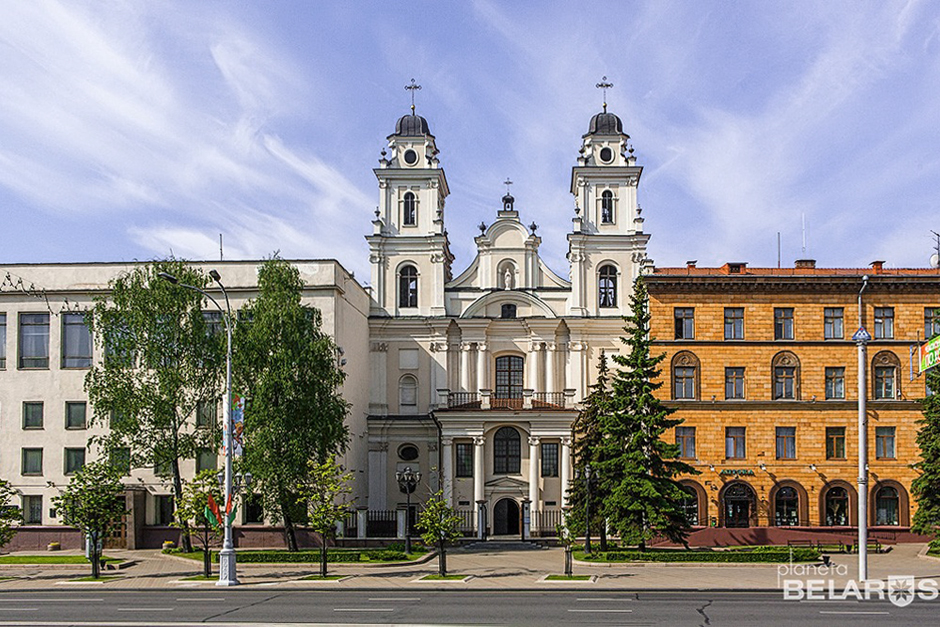
Cathedral of Saint Virgin Mary
plošča Svabody, 9
The Catholic cathedral appeared in Minsk in 1710 as a Jesuit residence. Two towers were built only in 1732. In 1747, a new building of the Jesuit College was built and in 1773, when the Jesuit Order was dissolved, the church became a cathedral. From 1920, the adventures began: first there was a garage and a warehouse of theatrical scenery, and then the building was rebuilt into the Spartak sports complex (without two towers it was difficult to guess that there was once a temple). Nevertheless, passers-by sometimes continued to pray at the entrance. And the premises of the former Jesuit school retained their educational function: there was a music school here. In 1993, the building was returned to the Catholics and the restoration began: even old frescoes were found in some places.
Photos by palasatka, planetabelarus.by, lana-kr.ru, limberi.by, vsr.mil.by, anonimusi.livejournal.com
